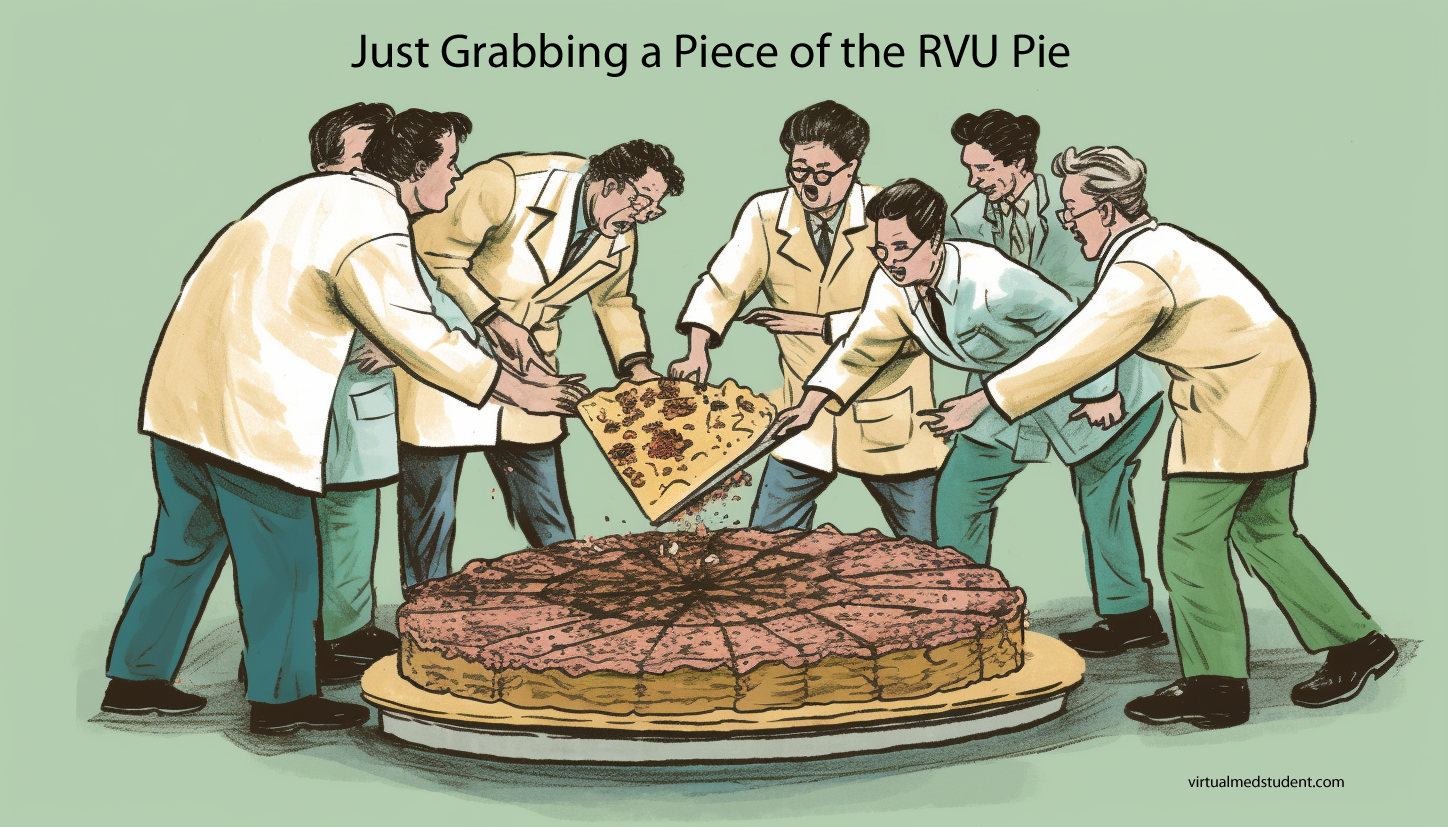What’s the Deal with the Tail?
You might wonder why anyone would want to insure their tail. But for healthcare professionals, the ‘tail’ is not some newfound evolutionary feature but refers to an extended reporting period (ERP). This allows you to report claims for alleged incidents that occurred during your policy term, even if they are filed after the policy ended. Think of it as a way to cover your professional backside.
It’s All About the Occurrences
In the medical malpractice world, policies are typically classified into “claims-made” or “occurrence-based”:
Claims-Made: This policy is like that friend who’s only there when you’re currently hanging out. It covers any incidents reported while your policy is active, even if the actual event happened earlier. But once your policy ends, it’s a ghost, leaving you high and dry unless you’ve invested in your trusty tail.
Occurrence-Based: This is the loyal friend who’s got your back no matter what. It covers incidents that happened during the policy period, regardless of when the claim is filed. The best part? No tail needed. It’s the gift that keeps on giving, long after the policy has ended.
Why Buy the Tail Coverage?
Now, you might be thinking, “Why get tail coverage if I can get an occurrence-based policy?” Excellent question, young Padawan! The thing is, occurrence-based policies can be pricier than their claims-made counterparts. They’re like that all-inclusive vacation deal – sounds excellent but check your wallet first. Tail coverage is a one-time purchase that bridges the gap when you switch jobs, retire, or if your policy lapses, ensuring you’re not left staring at a lawsuit with nothing but your stethoscope for defense.
Shopping for the Tail
Before you purchase tail coverage, it’s essential to know that not all tails are created equal (ask any dog, they’ll tell you). Some tails have a time limit, and some cover unlimited time. There are even ‘free tail’ provisions under certain conditions, like death, disability, or retirement. If you are switching jobs and need tail coverage you can sometimes negotiate that your new employer pays for the tail coverage (assuming you are that good and they need you that badly).
In the whimsical world of medicine, tail insurance is like that quirky sidekick in a sitcom: it’s there when things get messy, keeping you safe from the past’s boomerang. While it might seem like just another financial headache, a good tail coverage can be your best friend in a world where past mistakes may come knocking at the most inconvenient times. So, remember, in the great medical sitcom of life, make sure you’ve got a great ‘tail’ to tell!
Other Enjoyable Articles
